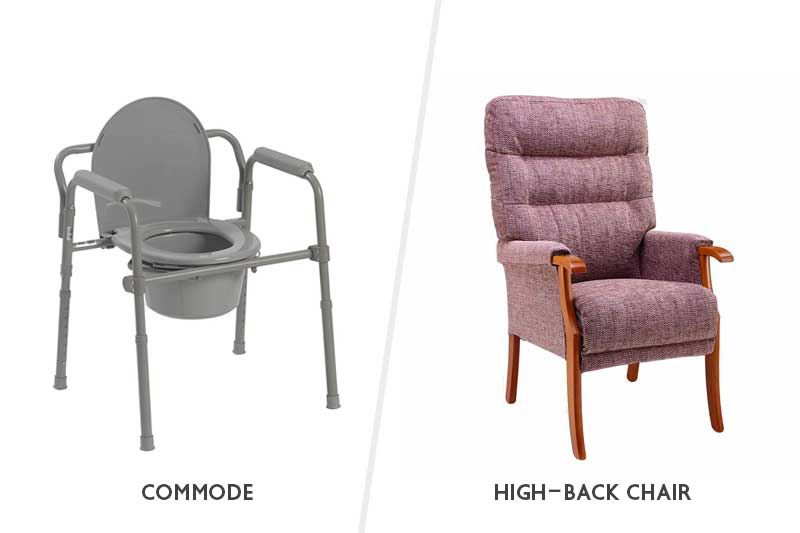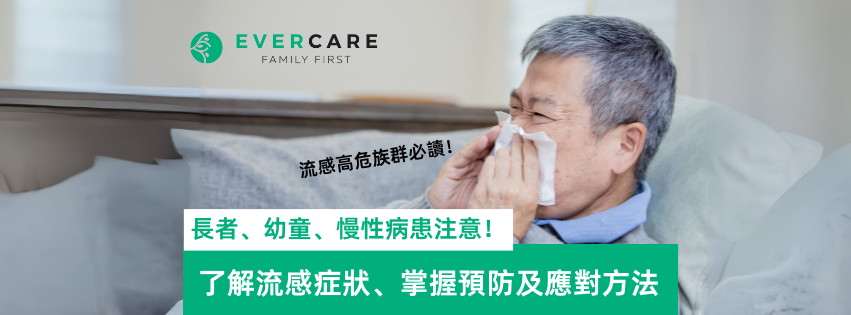Dr. Fowie Ng is a registered Occupational Therapist in Hong Kong specialising in geriatric rehabilitation, palliative and hospice care, and home care. He is currently the Head of Therapy Services at the Jockey Club Home for Hospice. He studied Occupational Therapy at the Hong Kong Polytechnic University and worked in the psychiatric and geriatric fields in various public hospitals and rehabilitation settings in Hong Kong. He has a Master’s degree in Health Services Research and a Ph.D. in Health Policy and Management from the University of Hull.
Each year, in Hong Kong, one in five individuals aged 65 or above suffer from falls, among which 75% sustain an injury, including head trauma and bone fracture. Falls are avoidable for most seniors. Evercare’s occupational therapist Fowie Ng offers four key pieces of advice.
It all began with a fall. Margaret’s mother , Ms. Cheung, injured her back slightly after she slipped and fell at home. It was not a severe injury, but Ms. Cheung never fully recovered from that fall. Over the years, her health deteriorated, and gradually, it took away her independence.
Ms. Cheung is among the growing number of elders whose lives were displaced by a serious, sometimes fatal fall. According to the World Health Organisation , falls are the second leading cause of accidental or unintentional injury deaths worldwide, accounting for an estimated 646,000 deaths every year. Most fatal falls occur among adults aged 65 or older. The positive correlation between age and the risk of fall can be attributed to balance impairment and reduced muscle strength, both of which increase with natural ageing processes.
Age may be one of the biggest risk factors for falls, but they don’t necessarily have to be an inescapable part of ageing. Here, Evercare’s occupational therapist Fowie Ng discusses the measures family caregivers can take to prevent accidents and injuries at home.
1. What is the first step that family caregivers should take to prevent accidents at home?
Prevention starts with awareness. Family carers should first evaluate their home’s safety. A Home Safety Assessment, usually conducted by an occupational therapist, offers critical information on how to best care for your ageing parents in their home environment. Usually, it takes about half an hour to an hour. Then, the occupational therapist will discuss with the family caregivers about equipment purchase and advise them on what needs to be changed around the home. If there is stock, families can expect to get their supplies within a few days.
2. What changes have to be made at home to accommodate an elder with decreased mobility?
When it comes to home modifications, family members always ask whether they can make changes while avoiding major renovations. Before, it used to be relatively tricky, but now, with all sorts of tools and gadgets available in the market, most of the equipment is flexible and does not require tearing down walls. We do our best to offer simple and cost-effective solutions when modifying a home.
3. What should older adults and their caregivers do to make their homes ready and safe?
- Declutter the home and move stuff away
For family caregivers, the main priority is to accident-proof your home. Accidents can happen in the bathroom or in the bedroom, where elders usually hoard their possessions. It’s important to help the patient declutter their home because an excess of junk at home, especially in the elders’ homes, can easily lead to a fall.
- Install assistive devices
My second tip is to install grab bars and handrails. One particular room that poses a significant fall risk is the bathroom. Installing safety frames inside the bathroom can make toileting safer and easier. For elderly cancer patients, we typically suggest that they use a commode in the bathroom. At an early stage, the patient can probably still rely on the grab bars. However, as the patient’s health deteriorates, toileting can become difficult. Then is when a commode will come in handy.
- Purchase a suitable chair
Aside from toileting, having a suitable chair is also very important. Certain medications can cause fatigue, which reduces back muscle strength. We suggest that family caregivers purchase a high-back chair for better back support so that the elder can sit up comfortably while they have their meals or watch TV rather than having to lie down all the time.
- Post caution signage inside the home
My last tip is for family caregivers to incorporate signage inside their homes with different reminders and visual cues to prompt patients to stay vigilant and keep an eye out for safety. If they have a domestic helper, signage can help with communication.
Each patient has different needs, which is why we need to personalise each home modification plan.
Your home environment can influence how well your loved ones can perform everyday activities such as having a shower, using the toilet, or simply entering or leaving your home.
We understand that changing your home is a big decision and you should be involved in the process every step of the way. We have a team of experienced occupational therapists who can meet with you to understand your goals and how your home environment is influencing your loved ones’ independence and safety. Book a consultation to learn more.
You Might Also Like:
- First step to successful caregiving is to build your care team
- How home care services help your elderly loved ones with better post-discharge care
—
About the expert
其他話題 Other Topics
最新的文章 Latest Posts

喜歡我們的文章嗎?
超過3,000位照顧者已經訂閱我們的資訊!訂閱我們的資訊,你可獲得免費護理工具、專家護理知識和同路人分享。立即訂閱,也可以隨時取消。請在此填寫你的姓名和電郵地址:



